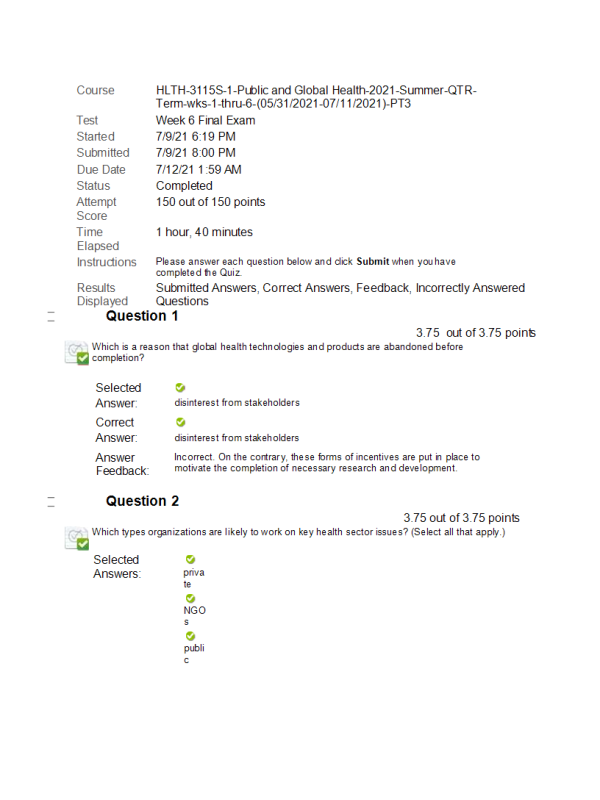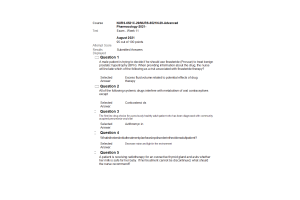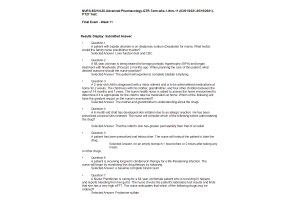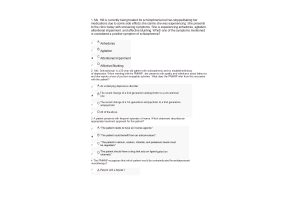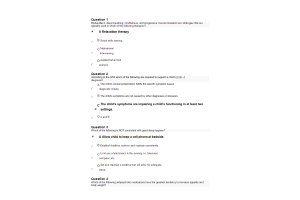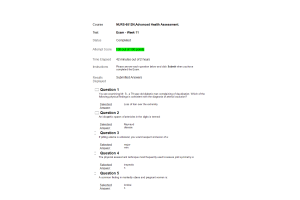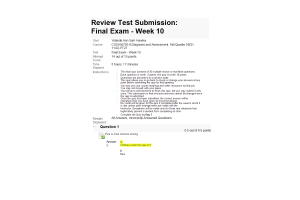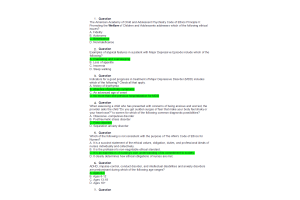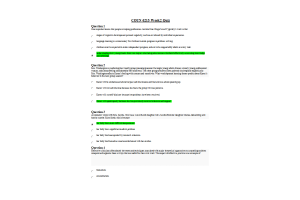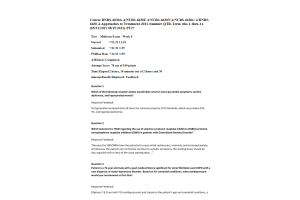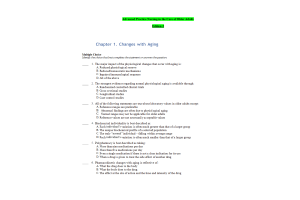HLTH 3115S-1, Week 6 Final Exam
- $35.00
- Question: Which is a reason that global health technologies and products are abandoned before completion?
- Question: Which types organizations are likely to work on key health sector issues? (Select all that apply.)
- Question: Potential challenges to collaborative large scale global health projects that will demand future compromise include how participants are treated, cultural disagreements to conducting studies, and .
- Question: diseases are illnesses that were major global or regional health problems and, after a historical decline in cases, are once again on the rise in the human population.
- Question: Which of the following is a self-grading mechanism that identifies success and failure?
- Question: According to the World Health Organization, which is a function that health care systems must perform for a community?
- Question: Examples of ethically-sensitive issues which are regulated and that affect deeply personal health choices include abortion and .
- Question: Examples of cardiovascular disease include cerebrovascular disease, rheumatic heart disease, and .
- Question: By recognizing root causes of injury and mortality and trends in population growth, healthcare systems can respond through targeted funding, education and community awareness, and…...
- Question: What does the global health organization Maria Stopes International provide?
- Question: Health-related activities included under WHO's most recent annual budget include interventions for communicable and non-communicable diseases, health policy, and
- Question: To whom do advocacy organizations bring awareness?
- Question: The global health problem of NCDs and non-communicable disorders requires research and targeted .
- Question: The reason that health care systems are often at the front line of public health is that they witness .
- Question: Which type of disease is finally beginning to receive treatments strategies due to increases in donor-support and grants for medical technology and innovation?
- Question: Which sector generally provides the first line of health care?
- Question: In which way do demographic and epidemiological transitions in developing nations affect their national economic productivity?
- Question: Which area of global health specialty might require a specific certification?
- Question: Which is a reason that developing areas have more communicable diseases as leading causes of mortality.
- Question: In 1988, the IOM published a report titled, "The Future of Public Health" stated there are three core functions of public health: policy development, assurance and
- Question: Which country represents an extreme form of the Beveridge Model of health care system?
- Question: Early in the field of public health which of the following was limited to a fixed distance, meaning that the health problems of other states or countries seemed not only far away but unimportant?
- Question: Which of the following types of research uses guided interviews and case studies?
- Question: How were personal health behaviors modified in Russia during the 2014 Olympic Games?
- Question: CDIFF, MRSA and GAS are all examples of what?
- Question: Stroke is the leading cause of mortality in income countries.
- Question: NGOs engaged in global health are categorized by their .
- Question: Which of the following is the coordinated effort to limit the use of antibiotics and other antimicrobial drugs to that cases that truly need them?
- Question; Which organization works to promote food security and combat hunger via the Cash and Vouchers, Food for Assets, Purchase for Progress, School Meals, and Center of Excellence programs?
- Question: Which non-communicable disease is the shift from vegetable-based diet to animal protein-based diet most linked to?
- Question: Approximately how much of US health expenditures as a percentage of GDP is publicly funded?
- Question: Which is an example of a geographic challenge to health care systems?
- Question: What does WHO have in common with its frequent partners UNICEF and UNIFEM?
- Question: Which is an example of tertiary level of health care in low income countries?
- Question; The approach dictates that no patient is treated unfairly due to sex, gender, race, or ethnicity.
- Question; For those with no global health experience or education, entry level strategies to pursuit a career in global health include volunteer, internship, and positions.
- Question: Which was an unethical characteristic of the Willow Brook Hepatitis Study of 1955- 1970
- Question: In which way might epidemiologists use cell phone technology?
- Question: Which MDG has the goal of improving maternal health?
- Question: Which advocacy organization was founded in 2004 and has lobbied and raised enormous awareness to needed resources and policies in the fight against tuberculosis?
